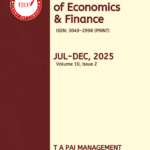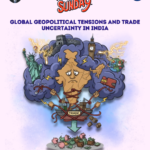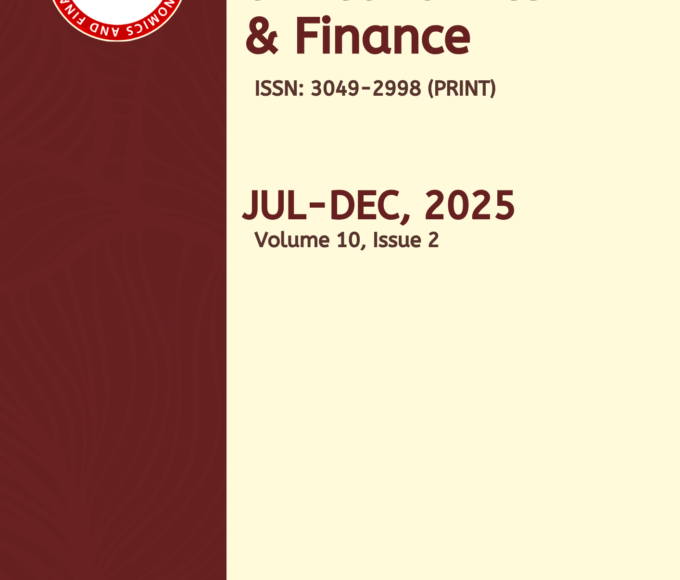December 2018, Volume 3, Issue No.2
In 2016, the growth rate of world gross product dropped to its lowest level since the global financial crisis. Subsequently, the world economy experienced a broad-based upturn and global growth reached 3.1 per cent in 2017—the fastest pace since 2011. The global growth momentum has been sustained in 2018 too, buoyed by a strong fiscal expansion in the United States of America, which has largely offset slower growth in some other large economies. But there are growing signs that global growth may have peaked. Estimates of global industrial production and merchandise trade growth have been tapering since the beginning of 2018, especially in trade-intensive capital and intermediate goods sectors, pointing to weaker investment prospects. The OECD Composite Leading Indicator for the 36 members of the OECD plus 6 large non-member countries (Brazil, China, India, Indonesia, the Russian Federation and South Africa) has drifted down since the end of 2017.
The best response for the corporate houses to such a slowdown is to broaden the consumer base via consolidation. It seems the global business houses are preparing for a brace-for-impact position, to weather the possible economic downturn. It is visible from the global merger and acquisition activity which has set a record in the first nine months of 2018, eclipsing a previous high reached on the eve of the financial crisis more than a decade ago. Consolidation was particularly strong in the energy, healthcare and technology sectors in the past few months. As the graph below shows, a similar behaviour by the corporates prior to every economic slowdown.

India is no exception to this global phenomenon, hence in this second issue, of the third volume of the TAPMI Journal of Economics and Finance, we have explored few of the major M&A deals of India. Nonetheless they are breath-taking and the aftermaths of those deals have been dramatic too in some cases. In the past one decade we have also seen a dramatic depreciation of the value of rupee, it was somewhere around 47 in 2008 but by 2018 it had almost reached 74. We realised, it is worth researching the “dance-of-the-dollar” on the Indian economy. Most of the emerging economies have been impacted by the rising price of the crude oil and the continuous rate hikes by the US Fed.
TJEF have always envisioned and encouraged to portray to its readers what facts and scenarios speak. I would like to appreciate all the students who have managed to take out their time and write for us. We are publishing the few of the research papers in this edition of the journal, and remaining of them we propose to publish in our website www.tapmi.finance, keep a watch.
In the meanwhile, happy reading!
Managing Editor – Prasun Banerjee
Here is the PDF version of Volume 3 Issue 2:




















Leave a comment